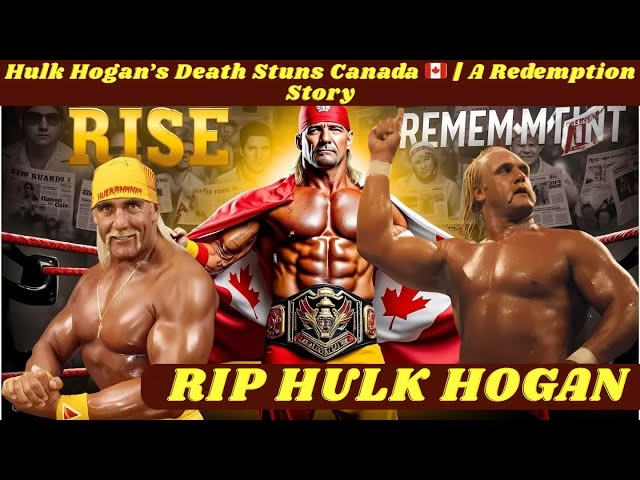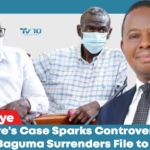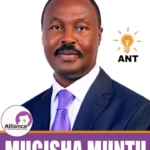Hulk Hogan wasn’t just a wrestler — he was a symbol of strength, showmanship, and old-school Americana. Born Terry Gene Bollea, he transformed himself into a legend with his yellow bandana, booming charisma, and unforgettable catchphrases. For millions of fans, especially in the 1980s and ’90s, Hogan was more than a performer — he was a superhero come to life.
From battling Andre the Giant in iconic matches to stepping into Hollywood with roles in Rocky III and Mr. Nanny, Hogan blurred the lines between athlete and entertainer. Kids idolised him, adults watched in awe, and no WrestleMania felt complete without his dramatic entrance and crowd-stirring energy.
But life outside the ring wasn’t scripted. Hogan’s journey was marked by personal struggles — from family challenges to public controversy. A leaked video in 2015, where he used a racial slur, shocked fans and nearly destroyed his legacy. In tears on national television, he asked for forgiveness. “I’m a nice guy,” he said, stripped of the bravado, just a man seeking redemption.
In later years, he remained in the spotlight, not for wrestling, but for his vocal support of Donald Trump, which divided fans and added yet another complex layer to his public persona.
Hogan’s story is ultimately one of extremes: unmatched fame, deep falls, and a constant battle — not just in the ring, but with his own image. He lived out loud, made mistakes in public, and kept coming back — bandana on, chest bare, ready to fight one more round.



